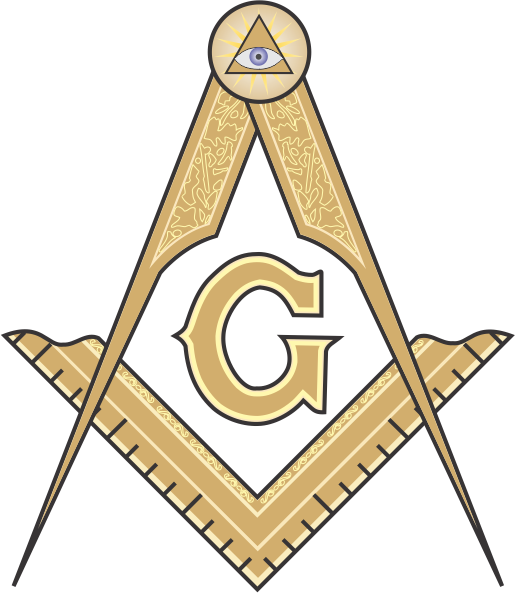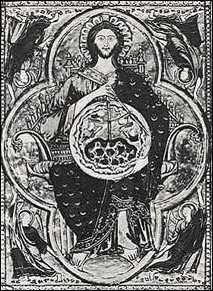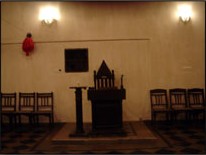- Lodgefellowship@gmail.com
- Ahemdabad

Masonry-a Family Tradition
History of FreeMasonry
“Imagine not that you will become indeed a Mason by learning what is commonly called the “work,” or even by becoming familiar with our traditions. Masonry has a history, a literature, a philosophy. Its allegories and traditions will teach you much; but much is to be sought elsewhere. The streams of learning that now flow full and broad must be followed to their heads in the springs that well up in the remote past, and you will there find the origin and the meaning of Masonry.”
Albert Pike, Morals and Dogma , 1871, p. 107
“In the study of Freemasonry there are two kinds of statements which are presented to the mind of the inquiring scholar, which are sometimes concurrent, but much oftener conflicting, in their character. These are the historical and the traditional, each of which appertains to Freemasonry as we may consider it in a different aspect.”
Albert G. Mackey, The History of Freemasonry , 1898
A BRIEF HISTORY OF FREEMASONRY
“In the beginning, God created the Heavens and the Earth. The Earth was without form, and void. And darkness was upon the face of the deep. And the Spirit of God moved across the waters, and God said: ‘Let There Be Light’, and there was Light”. This quote from Genesis 1: 1-3 is powerful, and it is also ironic that it is also read, to every Masonic candidate, during the very first Masonic Degree. It is suiting to a Fraternity, like Freemasonry, to have the new member start his path of Brotherly Love, Relief and Truth, with the word of God.

The exact beginning of the society of Freemasons is not known, but many historians, Masonic and Non-Masonic, have many theories. Some place the origins to the days of Noah’s Ark , others may believe it began with the building of King Solomon’s Temple , while some feel it originated with the building of the Great Pyramids in Egypt , and others trace it to King Athelston, of England in 930 ad. These are highly unlikely, but I will admit, they do make for a very colorful history. However, the most widely supported, and accepted, theory places the origin of the Fraternity to the building trade guilds of the Middle Ages.

The possibility for this theory is because these skilled craftsmen were allowed to travel from city to city, to build the huge Cathedrals and beautiful Castles, which now dot the European landscape. Because of their incredible skills, these workmen; painters, carpenters, stonemasons, etc., were given the freedom to travel from job site to job site, they were not owned like the serfs and other residents of the kingdoms. It is believed this is where the term free-mason comes from.
The humble stone mason, with his common tools: the chisel, the hammer, the square, the plumb-line, and the compasses, were all he needed to create and build the magnificent edifices which have stood for centuries, and are admired by people to this day.
The place where these operative craftsmen ate, slept and drew up the plans for their construction projects, was called a “lodge”. And, each town, or village, that had construction crews, had these lodges of masons, carpenters, painters, etc. This term has stayed in our vocabulary to this day, what was once called a lodge of Free- Masons, is now called a Masonic Lodge.
The friendship and brotherly love these men, and their families developed was an incredibly strong bond. One which was evident by the support of their fellow masons in distress, their widows and orphans. But, as the saying goes… all good things must come to an end, and there began an eventual “phasing out” of these massive construction projects. As this downsizing progressed, all the labor guilds began to lose members, and eventually discontinue all operations. However, these lodges of free masons, which had insisted on the high moral and ethical standards of its members, continued to survive.
Anthony Harper, All Rights Reserved.
- Home
- About Us
- Donation
- Blog
- Contact Us